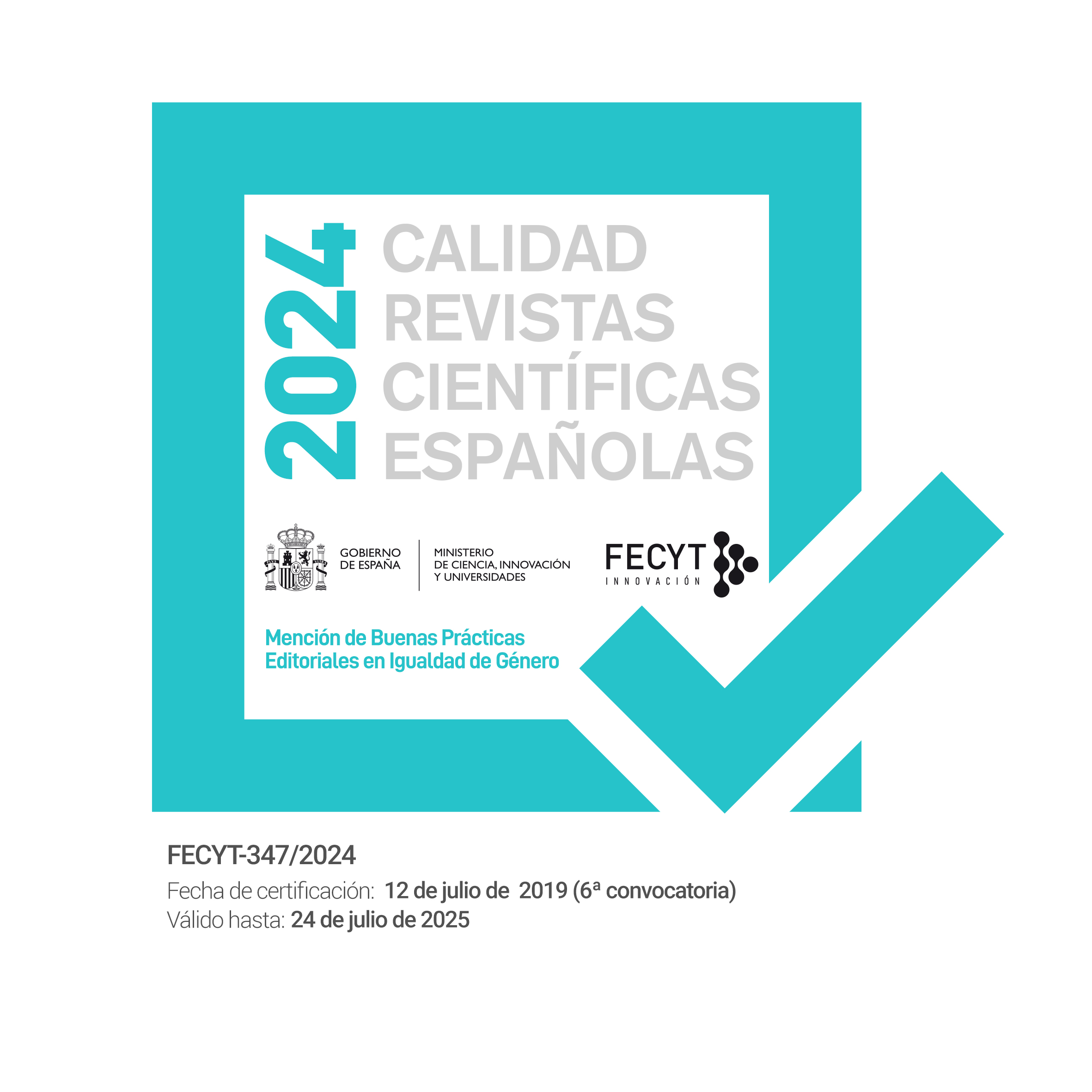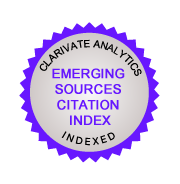THE OLIGARCH AND THE PAINTBRUSHES: A BIOGRAPHICAL SKETCH OF ANDREU GARCIA, PRIEST
DOI:
https://doi.org/10.5944/etfvii.1.2013.8294Keywords:
painting, Late Medieval Art, Social Art History, Art collection, sponsorshipAbstract
The documents regarding the Valencian priest Andreu Garcia († November 1452) show a quite interesting character. Garcia’s family belonged to local oligarchy. Moreover, he had a substantial income related with the Cathedral. He had contact, too, with Carthusians, Observant Friars and probably with Beghards (the books of his library suggest this last idea). Garcia took part, as an intermediary or as a sponsor, in many artistic orders that involved the best workers and the best customers of the city. Besides, he had a strong relationship with painters like Simó Llobregat, Jaume Mateu, Gonçal Sarrià and Joan Reixac. The priest could also have practiced painting, judging by the belongings that were found in his house after his death.Downloads
Download data is not yet available.
Downloads
Published
2014-02-16
How to Cite
Montero Tortajada, E. (2014). THE OLIGARCH AND THE PAINTBRUSHES: A BIOGRAPHICAL SKETCH OF ANDREU GARCIA, PRIEST. Espacio Tiempo y Forma. Serie VII, Historia del Arte, (1), 25–43. https://doi.org/10.5944/etfvii.1.2013.8294
Issue
Section
DOSSIER
License
Authors who publish in this journal agree to the following terms:
- Authors retain copyright and grant the journal right of the first publication with the work simultaneously licensed under a license Creative Commons Reconocimiento-NoComercial 4.0 Internacional that allows others to share the work with an acknowledgement of the work's authorship and initial publication in this journal.

- Authors are able to enter into separate, additional contractual arrangements for the non-exclusive distribution of the journal's published version of the work (e.g., post it to an institutional repository or publish it in a book), with an acknowledgement of its initial publication in this journal.
- Authors are permitted and encouraged to post their work online (e.g., in institutional repositories or on their website) prior to and during the submission process, as it can lead to productive exchanges, as well as to earlier and greater citation of the published work (See The Effect of Open Access).








